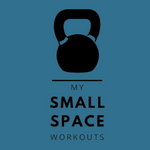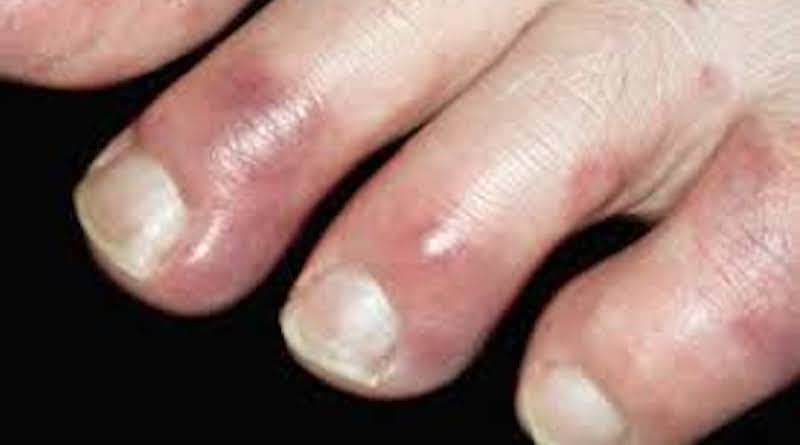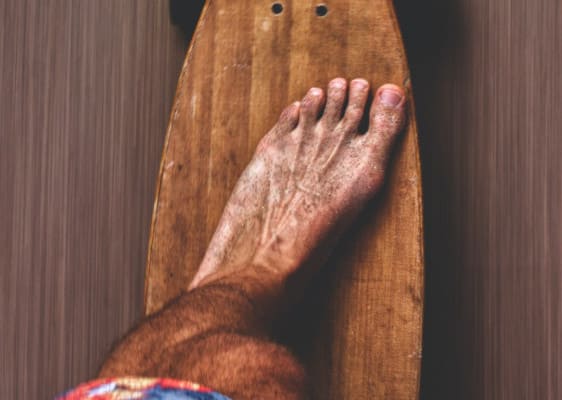I’ve been meaning to write this article for some time, as back in the depths of winter, I found myself unable to perform certain workouts because of the pain I was experiencing in my toes. I searched everywhere for an answer to the question of why my toes hurt so much when I worked out, but the answer wasn’t immediately obvious.
Chilblains are a painful condition which are experienced by many people – especially in the winter, by those living in cold, damp climates. They typically present as small inflamed areas on the skin of the toes and fingers. If you’ve suffered from them on your toes, you will know that it can make certain exercises excruciatingly painful. Despite the discomfort they can cause, the good news is that they are easily treated and generally heal within a few weeks.
[lwptoc]
Why Are Sore Toes Such A Big Deal?
If you’re like me then you probably take your toes for granted most of the time. Yes, you’re glad that you’ve got five perfectly formed phalanges in your feet – but, for the most part you remain blissfully unaware of them.
That is, until you stub one on the corner of a piece of furniture!
It’s in these moments that you wonder, often amid a cacophony of choice language, how such a small appendage can cause so much pain!
It’s also when something happens to your toes and you are forced to keep your weight off them, that you truly appreciate how vital they are in your workout regime. This is especially the case if you do a lot of floor work and body weight exercises. It can be very difficult to craft a work out regime around an injured toe.
A few months ago, when my toes were severely inflamed, I found it impossible to do any kind of lunge work. Even my gentle warm-up routine was painful as every step or jump left me grimacing in pain.
To make matters worse, sleeping was difficult as I’d wake several times every night as the bed sheets rubbed against one of my toes, sending streaks of burning pain throughout the toe.
I couldn’t find ANY specific answer online to the question of why my toes hurt when working out, but with a bit of detective work, I did piece together what had caused this painful condition as well as working out how to resolve it (with the help of my wife).
Could Chilblains be Causing Your Sore Toes?
Up until this point I thought chilblains were something of an old wives’ tale. I didn’t know what they were exactly, but I didn’t think they were something I needed to be concerned about.
How wrong I was!
Here in the UK, we’ve just had a typically damp, but colder than average winter. During the Covid pandemic, I’ve been predominantly working from home and I often walk around the house barefoot.
I’ve always thought that it is better for the feet to benefit from air circulation instead of keeping them covered up all the time. Working from home, free from the formality of full work attire and shoes gave me the perfect opportunity to indulge my feet with some TLC and let them enjoy the freedom of being “au naturel”.
There may well be some benefits of going barefoot if you live in a warm climate, but here in the UK we don’t! Our winters tend to be chilly and damp, and as I worked manfully in a chilly, damp house (central heating is for wimps!), I was unaware of the process that was taking place in my body.
The Science Of Sore Toes
As the temperature drops, our amazing bodies respond and adjust to the environment. Through a process called vasoconstriction the blood vessels near the surface of the skin become narrower. This reduces the amount of blood near the surface of the skin which in turn minimises the heat which would otherwise be lost by radiation.
If the feet are then warmed too quickly – such as when you jump into a hot shower or bath – the blood vessels can’t adapt fast enough. This results in blood leaking out into the surrounding tissues causing the painful swelling and itchiness which characterises the condition. This also explains why toes suffering from chilblains may have a bruised appearance.
Can Anybody Suffer With Chilblains
Anybody can suffer with chilblains but people with certain underlying conditions such as those with Reynaud’s syndrome, diabetes or lupus are at a higher risk.
Also, people with poor circulation and those who smoke are also at a higher risk.
If you’re reading this blog, then the chances are that you are an active person who takes care of themselves. Consequently, you think that you don’t need to be concerned about the health of your toes. However, the truth is that they can affect anybody because the most common cause of chilblains is the rapid warming of cold feet – typically by immersion in a hot bath or shower.
This is something that we’re probably all guilty of having done from time to time, so perhaps give thought to gently warming your feet in a warm room before jumping into that hot shower.
When To See A Doctor
Whilst chilblains are generally a mild condition that passes with the winter season, there are times that medical attention is necessary.
If any of the sore patches on the skin become blistered or ulcerated then this is a sign that infection may have set in. This is of particular concern if you are a diabetic, so make sure you consult a doctor if you have any concerns whatsoever.
I Want My Toes To Stop Hurting!
So the great news is that in the vast majority of cases, chilblains will go away on their own in a couple of weeks.
Now that you know what causes them, you’ll be ready next winter not to make the mistakes I made by allowing your feet to get cold and then warming them too rapidly in the shower.
While I was delighted to have identified the cause of my sore toes, I didn’t want to wait a couple of weeks for them to get better by themselves. My sore toes had ruined the workout plan I was following and was impacting my sleep too: I wanted them to be better NOW.
I was desperate to accelerate my recovery and get back to my planned workout regime.
The Prevention and The Cure
I need you to promise that you won’t laugh at what I’m about to write.
At the peak of my chilblain ordeal, my wife, shaking her head in dismay as I courageously faced another day with my burning toes, said with a hint of disdain, “you’re like an old man – get yourself some slippers”.
And with that barbed remark she had given me the key to the rapid recovery of my chilblain ravaged toes.
As with most purchases, I work on the principle of “buy cheap, buy twice” so I set about researching the best slippers for the purpose of recovering from chilblains as well as preventing any future bouts.
I’m a fan of natural fibers over their synthetic counterparts and I know that wool is appreciated for its breathability, odor suppression (that’s important!) and thermal qualities. Surely then, wool and sheepskin would make the perfect material for a set of chilblain-stopping slippers, right?
I sourced a set of sheepskin and wool fleece slippers from Amazon, here in the UK, made by SnugRugs.
My wife loves the Bearpaws brand, having bought several boots from them in the past. Now she’s toying with the idea of importing a set of their slippers.
My Snugrugs arrived the day after I ordered them and they have been incredible in terms of comfort and warmth.
Moreover, within three days my chilblains had vanished and I was once again able to perform lunges without yelping every time the weight shifted onto my toes.
Do yourself a favour: get yourself some natural fiber slippers. I promise, I won’t tell anybody!




Your article taught me something that no doctor ever addressed. When caring for my elderly Dad after his stroke, I noticed this with his toes. I thought it was from his stroke or possibly from years of wearing work boots or even the many years he worked in the cold, snowy outdoors. His doctors seemed to dismiss it, although my Dad said his toes hurt. Now I wonder if his condition was actually chilblains.
I won’t be so quick to dismiss the condition when others (or myself) have that same feeling. Maybe those slippers are just what the doctor should have ordered!
Thanks for the comment Diane, and I’m sorry that your dad suffered from sore toes. It surprised me how such a small part of the body could cause so much pain! I’m glad to say that, even as the UK goes through a very cold spell again, my toes remain warm, comfortable and healthy!